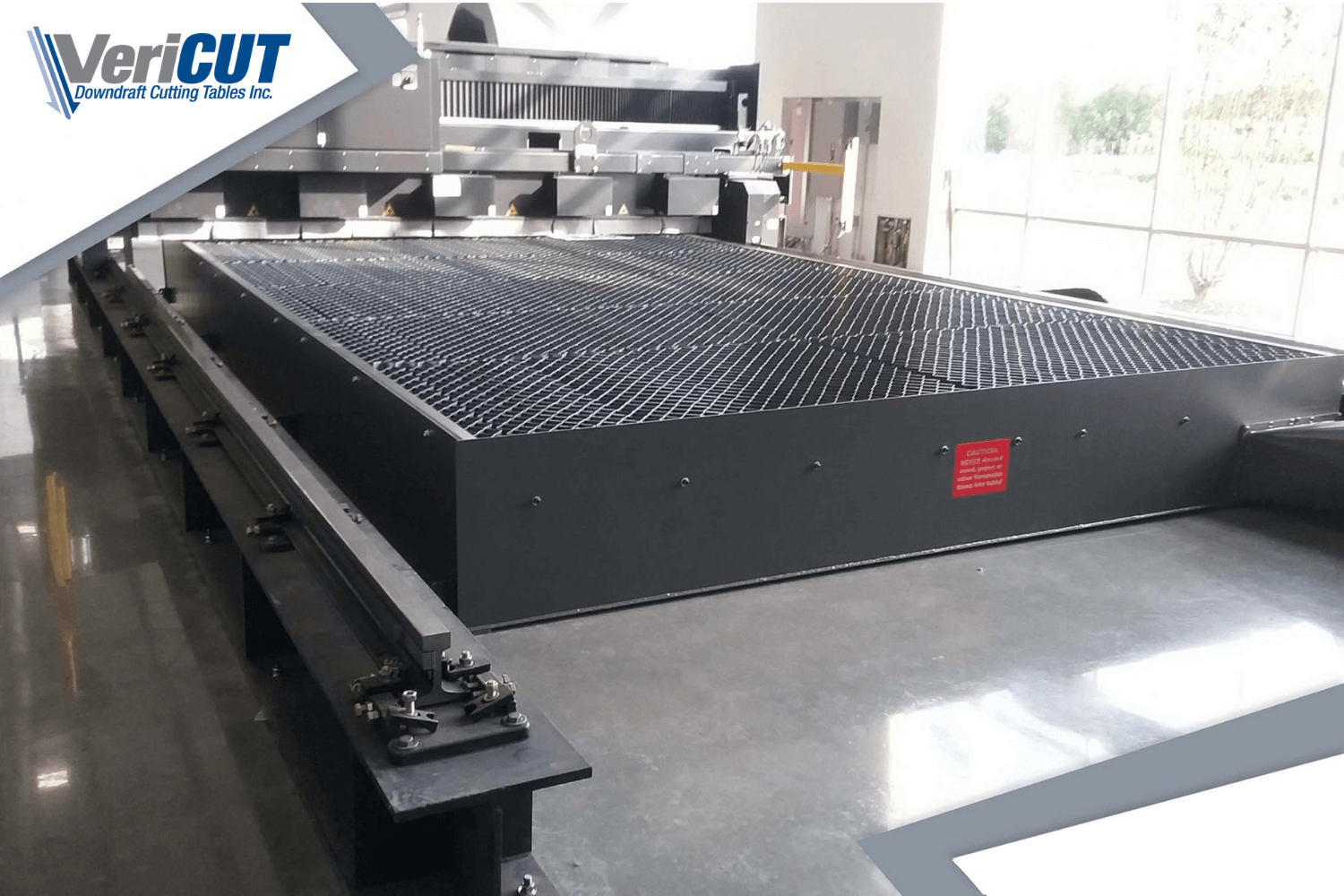
As the name indicates, a dust collector system traps dust particles and purifies the air. It is an industrial piece of equipment that’s used in wood or metal working processes. We’ll walk you through everything you need to know about these machines.
What Are Dust Collectors?
These systems are designed to filter air. Dust collector systems are available in a wide range of designs and sizes. You’ll find much smaller designs that are suitable for small woodshops or larger, more robust machines that are used in industrial sites. You can also opt for customer dust collection systems that are tailor-designed to attain better air quality and higher levels of sanitation.
Why Do We Need Dust Collector Systems?
The answer to this question is fairly straightforward – to comply with dust-control government regulations. Dust collector systems also contribute to employee safety, ensuring the air is cleaner. In some cases, these systems may also help you reduce cost and reduce the risk of fire hazards.
Where Are They Used?
Dust collector systems are commonly used in the manufacturing sector where excess dust and fumes in the air can be detrimental to an employee’s health and safety. They can be found in:
- Factories
- Woodworking shops
- Welding shops
- Chemical processing plants
- Factories
- Other manufacturing facilities and plants
How Do Dust Collectors Work?
This piece of equipment essentially works by sucking in air and passing it through a thorough filtration system. The clean air is exhausted and the dust particles and impurities are deposited in a collection area which can be disposed of.
Benefits of Dust Collector Systems
Installing a dust collector system offers the following benefits:
- Reduces Operational Costs: Using a dust collector prevents dust accumulation in expensive machines and equipment. This can help cut down operational costs and prolong the life of the equipment. Not to mention, all this contributes to reduced maintenance costs as well.
- Contributes to Health & Safety: At VeriCUT, we’re serious about health and safety. Having a dust collector system contributes to cleaner air and a better working environment for your employees. This will automatically reduce the number of on-job-injuries and reduce the risks of respiratory diseases.
- Reduces the Risk of Fires: Excess dust accumulation in machinery can act as a dangerous fire hazard. Installing a dust collector takes care of this problem, thus reducing the risk of fires.
- Results in Improved Product Quality: Reduced dust accumulation in machinery results in better performance and reduced wear and tear.
What Are the Different Components in a Dust Collector System?
A well-designed dust collection system consists of several important components. These range from collector hoods to ductwork, material separators, fans, and various types of air locks and valves.
Can Ductwork Design Affect the Performance of a Dust Collector System?
Despite it being the largest component of a dust collection system, the ductwork design of a dust collector system is often overlooked. Essentially, it is the transportation network that will provide the pathway for the dusty air to move from one place to another. Its size, including the number of side streams, will depend on the size of the dust collecting system you have installed.
Like any good transportation system, well-designed ductwork layouts mostly consist of straight lines. This controls the overall size and reduces the friction-based losses in flow and velocity of the air moving within them.
Another factor determines how well a ductwork design will perform for example; its diameter. Correct diameters ensure the velocity and flow of air are balanced to move the dust. The diameter of ductwork is influenced by the material being conveyed and how long the distance is between the collector and pickup points. Subsequent improvements, such as altering the fan rotation speed and addition of dampers, to duct design should also be taken into account as to how they affect the performance of the whole dust collector system.
A dust collector system that fails to do its job or doesn’t perform at its peak may directly impact a company’s bottom line. It will have an impact on both the health and safety of the workers of the said organization. Besides choosing the right system, it is also imperative that companies run periodic system performance evaluations on it. Understand that all dust collection systems don’t have the same characteristics or requirements. A customization of the design is necessary when the situation demands specific considerations be met. So, begin by informing yourself about these basics of system design and operation and then contact us to arrive at more informed judgments when it comes to dust collector systems performance.
Want to Learn More?
Want to learn more about the dust collector system? Visit our site and if you have any further questions please feel free to contact our team at VeriCUT. Our specialists will be happy to reach out to you and help you pick out the perfect dust collector system for your woodshop.
January 27, 2021


